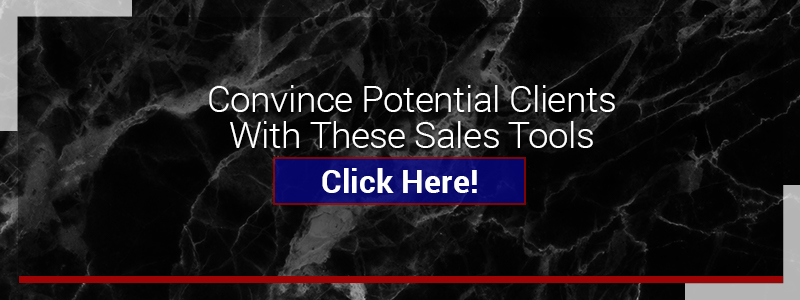Why Epoxy Floor Coatings Beat Other Options When It Comes to Retail
Posted by Floorguard Products, Inc. on Nov 28th 2017
If you’re looking for the right type of floor covering for your retail business, you have probably been doing some research on what type is going to be best for your business. The types of floors are getting better all the time, and there are always improvements to be made. The first trading posts had dirt floors, and then moved up to wood floors. While wood floors probably aren't what you’re looking for (unless you’re renovating a shop from the 1870s or you sell rustic log furniture), there are options out there to be aware of. Lucky for us and our product, most of them don’t hold a candle to epoxy floor coatings and other types of concrete floor coatings.
Concrete
You could just leave it concrete, but that’s certainly the ugliest option. Concrete looks too industrial for most shops, and the only ones that it really works in are those trying to convey an urban feel. Another problem is that concrete is going to stain easily. This is especially true if you sell food, but just about anything can stain concrete that doesn’t have a concrete sealant on it. Concrete’s going to scratch pretty easily as well, and it might get slick if it gets wet.
Stained Concrete
Stained concrete is a step up from concrete. A powdered acid is applied to the top layer of wet concrete, causing the color to chemically bond with it. Stamped and stained concrete is most often found outdoors in order to make concrete look like stone. The uneven staining makes it mimic the many different hues and bumps that you’ll find in stonework.
Stained concrete can be used indoors as well, and we say it’s a step up from regular concrete because it is tan, red, or brown instead of boring old gray. Unfortunately, it can also chip like regular concrete and can pick up other stains that don’t match the look of it. Stained concrete can look nice, and if that’s what you want then you should combine it with a polyurethane or epoxy floor sealant. You’ll be able to see the stained concrete but it will be more protected.
One last thing about either type of concrete: you typically can’t have it on a second floor of many buildings due to weight of concrete. Of course, this often has to do with the construction of the building.
Tile
There’s always the tile option, but you can probably guess why we’re going to advise against it. Tile can look nice and can be relatively easy to install, but it’s biggest weakness is that it is breakable. If something is dropped on it, it will either leave a hole or will crack all along the length of the tile. If that crack is big enough, entire sections of the tile can be lifted off, leaving a big hole in the floor. Over time, heavy objects such as shelving will sink down into it, and once the shelving is moved it becomes very obvious where it once was. In fact, moving anything on tile can be dangerous to its integrity. If you have decorative tile, you might want to go ahead and cover it with a sealer so that it’s protected from wear and tear. Fixing a small spot in epoxy floor coatings is a lot easier than replacing entire sections of tile.
What’s your best bet? We’d suggest you go with what you want (well, maybe not plain gray concrete) and then cover it in clear floor sealant. It’s the best of both worlds, because you have the looks and the protection at the same time. Oh, and don’t forget the easy cleanup that clear floor coatings give you, along with the option of anti-slip add-in.


